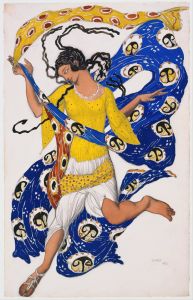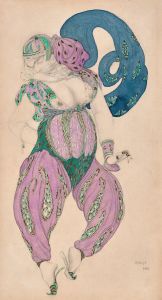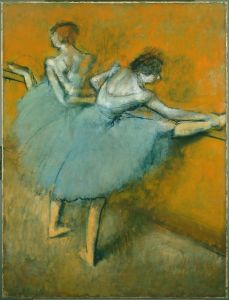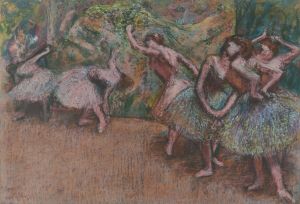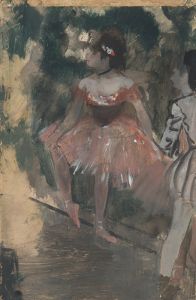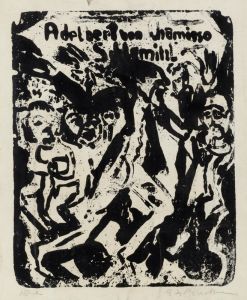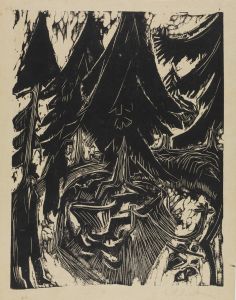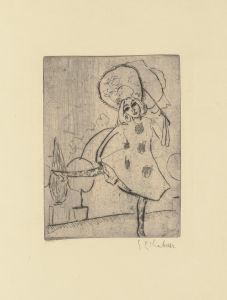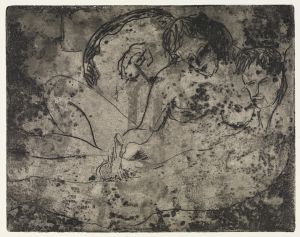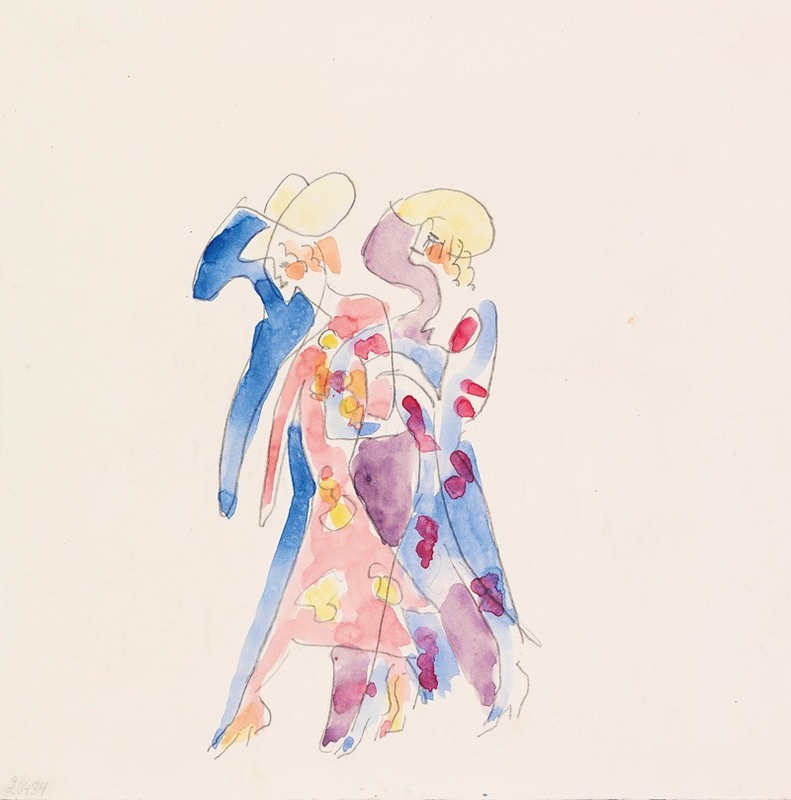
Tänzerinnen
A hand-painted replica of Ernst Ludwig Kirchner’s masterpiece Tänzerinnen, meticulously crafted by professional artists to capture the true essence of the original. Each piece is created with museum-quality canvas and rare mineral pigments, carefully painted by experienced artists with delicate brushstrokes and rich, layered colors to perfectly recreate the texture of the original artwork. Unlike machine-printed reproductions, this hand-painted version brings the painting to life, infused with the artist’s emotions and skill in every stroke. Whether for personal collection or home decoration, it instantly elevates the artistic atmosphere of any space.
Ernst Ludwig Kirchner was a prominent German expressionist painter and a founding member of the artist group Die Brücke, which played a pivotal role in the development of modern art in the early 20th century. One of his notable works is "Tänzerinnen," which translates to "Dancers" in English. This painting exemplifies Kirchner's distinctive style, characterized by bold colors, dynamic compositions, and a focus on capturing the essence of modern life.
"Tänzerinnen" was created during a period when Kirchner was deeply influenced by the vibrant cultural scene of Berlin, where he moved in 1911. The city was a hub of artistic innovation and experimentation, and Kirchner was particularly fascinated by the lively nightlife, cabarets, and dance halls. This environment provided rich subject matter for his work, as he sought to convey the energy and movement of the urban experience.
In "Tänzerinnen," Kirchner employs a vivid palette and expressive brushwork to depict a group of dancers. The figures are elongated and stylized, a hallmark of Kirchner's approach, which was influenced by non-Western art forms, particularly African and Oceanic art. This influence is evident in the exaggerated forms and the rhythmic flow of the composition, which captures the dynamism and fluidity of dance.
The painting reflects Kirchner's interest in the human figure and movement, as well as his desire to break away from traditional artistic conventions. By distorting the figures and using intense colors, Kirchner aimed to evoke emotional responses and convey the inner vitality of his subjects. This approach was central to the expressionist movement, which sought to express subjective emotions and experiences rather than depict objective reality.
Kirchner's work, including "Tänzerinnen," was also shaped by his engagement with contemporary developments in psychology and philosophy. He was interested in exploring the subconscious and the primal aspects of human nature, themes that are evident in the raw energy and emotional intensity of his paintings.
Throughout his career, Kirchner faced significant challenges, including the impact of World War I and the subsequent political and social upheavals in Germany. Despite these difficulties, he continued to produce innovative and influential art. However, his work was later condemned by the Nazi regime, which labeled it as "degenerate art." Many of his pieces were confiscated, and his reputation suffered during this period.
Today, Kirchner is recognized as a leading figure in the expressionist movement, and his work, including "Tänzerinnen," is celebrated for its boldness and originality. The painting is housed in various collections and continues to be studied and appreciated for its contribution to modern art.
In summary, "Tänzerinnen" by Ernst Ludwig Kirchner is a significant example of expressionist art, reflecting the artist's fascination with movement, color, and the human form. It captures the spirit of early 20th-century Berlin and remains an important work in the history of modern art.





